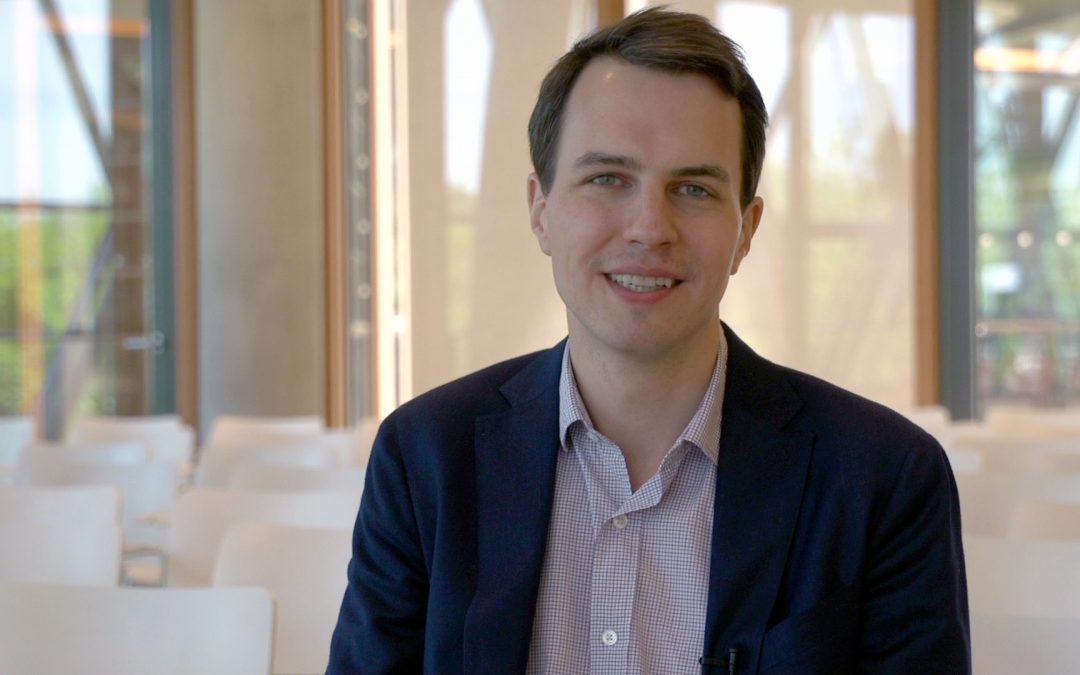The relationship between macroeconomics and inequality is a two-way street but macroeconomic theory has been late in taking this aspect into account, said Benjamin Moll of Princeton University, at a seminar organised jointly by the EIB Institute, the University of Luxembourg and other partners as part of the “Inequality and…” series.
Macroeconomic shocks and policies affect inequality and, in return, inequality affects macroeconomic aggregates, he said. However, first generation macroeconomic models (1930-1990), still used by many central banks, “do not incorporate inequality by assumption”. But as Angus Deaton (Nobel Prize laureate 2016) said, “it is impossible to think coherently about national well-being while ignoring inequality and poverty, neither of which is visible in aggregate data”.
As for second generation models (1990 to the financial crisis), they incorporate heterogeneity but only consider distribution at the individual level. Thanks to better data, more powerful computers and growing concerns about inequality, third generation models (since the financial crisis) have started to put more emphasis on the macroeconomic consequences of heterogeneity observed at micro level, in particular the large disparities in income and wealth. In so doing, they deliver strikingly different implications for monetary and fiscal policies and allow us to study their distributional implications, he concluded.
Click here for presentation.





